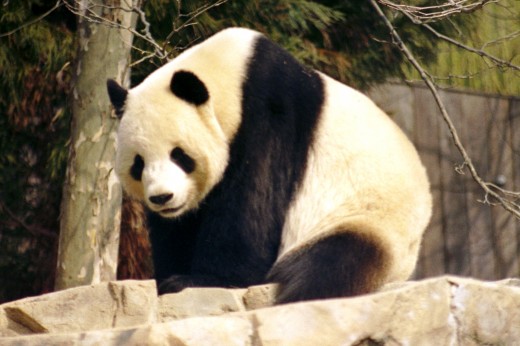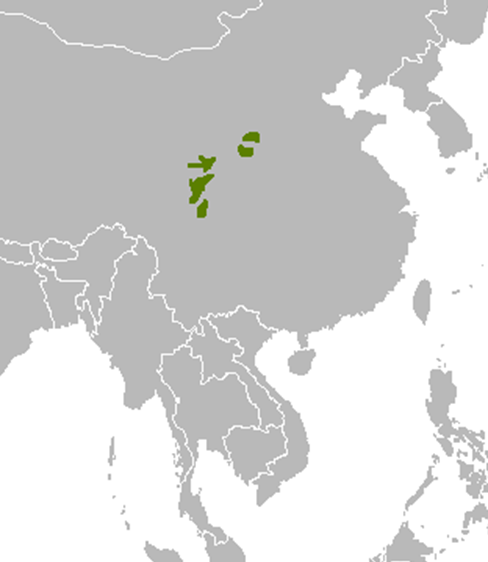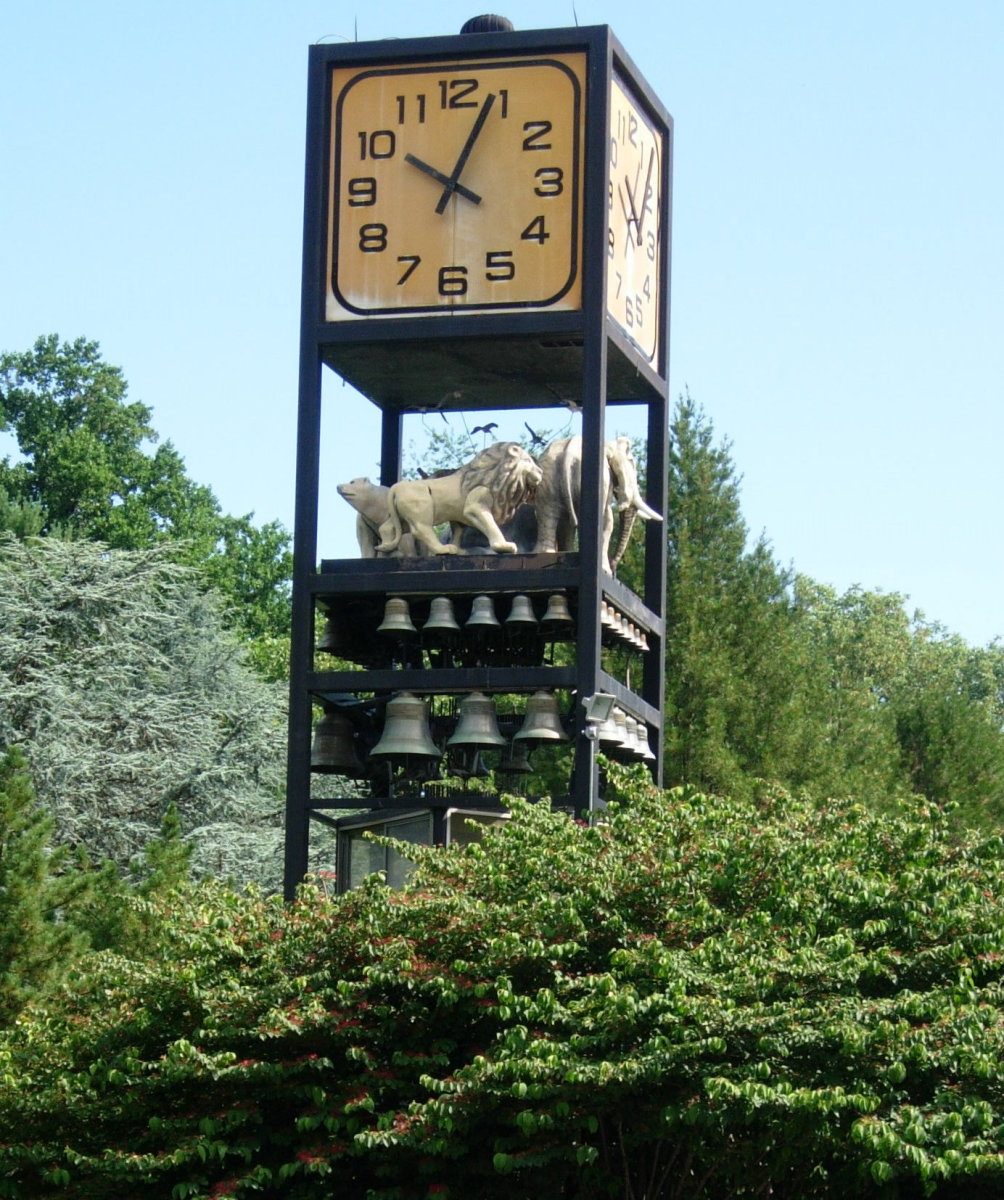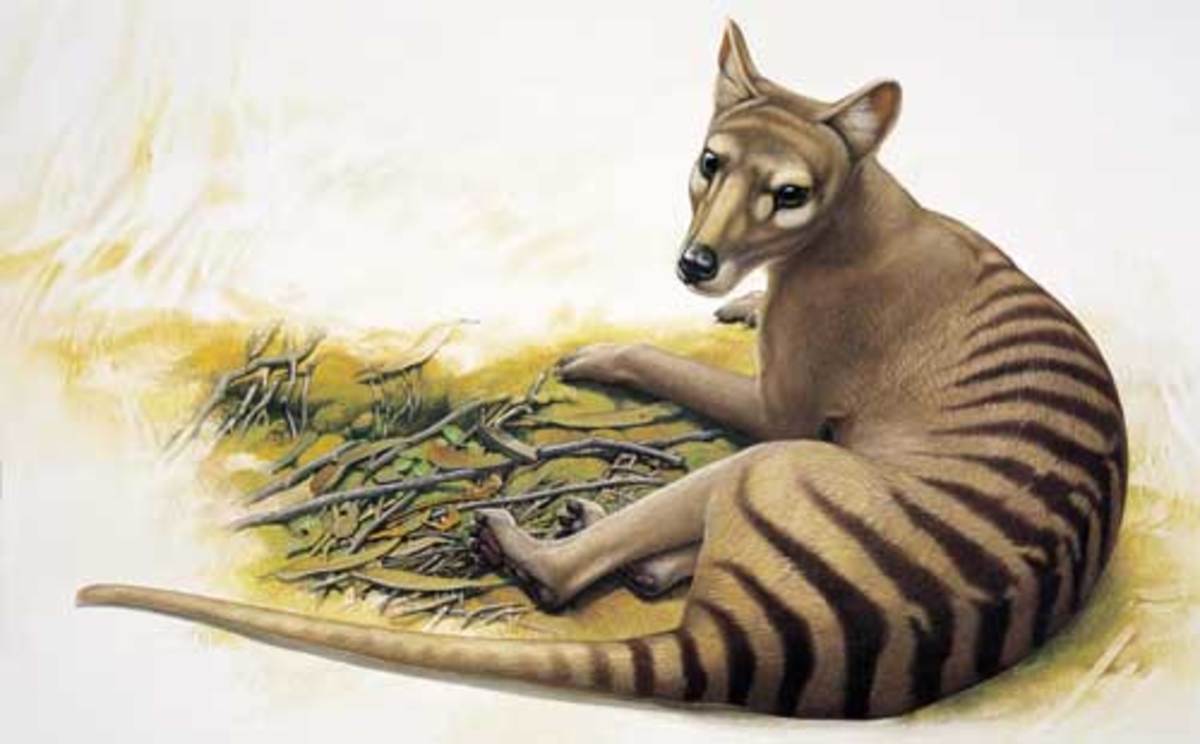- HubPages»
- Education and Science»
- Life Sciences»
- Endangered Species
Giant Panda Facts

The Giant Panda is one of the rarest, yet most loved, animals in the world.
With its striking black and white markings, it is known the world over and has been the symbol of the World Wildlife Fund ever since it was founded in 1961.
Here are some interesting Giant Panda Facts that will help you to understand why these animals are so important to conservation efforts.
These are endangered animals with only about 1,600 Giant Pandas left in the wild, with another 300 or so in zoos.
The slow reproductive rate of Giant Pandas makes it very diificult for the population to rebound in the wild, increasing the importance of breeding these animals in captivity.
Giant Panda Facts: Description


Adult Giant Pandas (Ailuropoda melamoleuca) are typically between 4 and 6 feet long with a small 5 inch tail. They can weigh between 165 and 350 lbs. A member of the bear family, it has black eyes, ears and legs and lives in dense bamboo jungle at high mountainous elevations in Central China.
The Giant Panda's head is disproportionately large compared to the rest of its body. This is largely due to a large bony ridge (known as a sagittal crest) running along the top of the skull to which the jaw muscles are attached. The Giant Panda needs large jaw muscles to cope with the tough, fibrous bamboo shoots that make up the bulk of its diet.
Another interesting characteristic of Giant Pandas is that their front paws have undergone some modifications. Essentially one of the wrist bones has become enlarged to form a sixth thumb-like digit opposed to the other five. This enables the Giant Panda to hold bamboo stalks.which make up 99% of its diet. In fact, it is very common to see Giant Pandas sitting upright to eat bamboo stalks.

For many years scientists have debated whether Pandas are part of the bear family or the raccoon family. As a result of DNA analysis, it has now been decided that Giant Pandas are a type of bear, whereas the related Lesser Panda is more like a raccoon.
In fact, the adult Giant Panda is about the same size as an American black bear and, despite its cuddly appearance, can be just as dangerous. The Giant Panda differs from the black bear in that they cannot walk on their hind legs, nor do they hibernate.
Giant Panda Facts: Diet
About 99% of the Giant Panda's diet consists of the leaves, stems and shoots of the bamboo. However, it has been known to eat other grasses, small rodents and even fish. Because its digestive system is not efficient at processing bamboo, it needs to eat between 20 to 40 lbs of food each day to getthe nourishment it needs, and it may spend between 10 to 16 hours eating each day!

Giant Panda Facts: Habitat
Giant Pandas in the wild live only in the remote mountainous regions of Central China.They inhabit bamboo and coniferous forests at high altitudes and have been known to climb as high as 13,000 feet to feed in the summer. These mountains are often shrouded in rain and fog making it very difficult to observe these elusive and rare animals.
Most of what is known about Giant Pandas has been collected by observing them in zoos, where they are always a very popular attraction.
Baby Giant Panda At San Diego Zoo
Giant Panda Facts: Breeding
Little is known about the Giant Pandas breeding habits in the wild but, based on observations of zoo animals, it appears that Giant Pandas mate in the spring and, after a gestation period of 140 days, the female gives birth to one or two cubs weighing about 5 ounces. Sadly, if two are born, usually only one survives.
The cubs are blind at birth and cannot open their eyes for the first 6 to 8 weeks. They start crawling at 3 months and are fully independent after one year although they often stay with their mother for up to three years.
During the first year, the young cub puts on about 5 lbs every month and becomes sexually mature between 4 to 10 years of age.
The average life span of a Giant Panda in the wild is beleived to be about 15 to 20 years, although they have been known to live well over 20 years in captivity.
Giant Pandas Are Coming To Toronto Zoo!
I hope you have found these Giant Panda Facts interesting.
If you ever get a chance to see these wonderful creatures at a zoo near you then take the opportunity. Personally, I'm looking forward to seeing the pair of Giant Pandas at Toronto Zoo for five years starting in Spring 2013.
I can hardly wait!
Geoff






